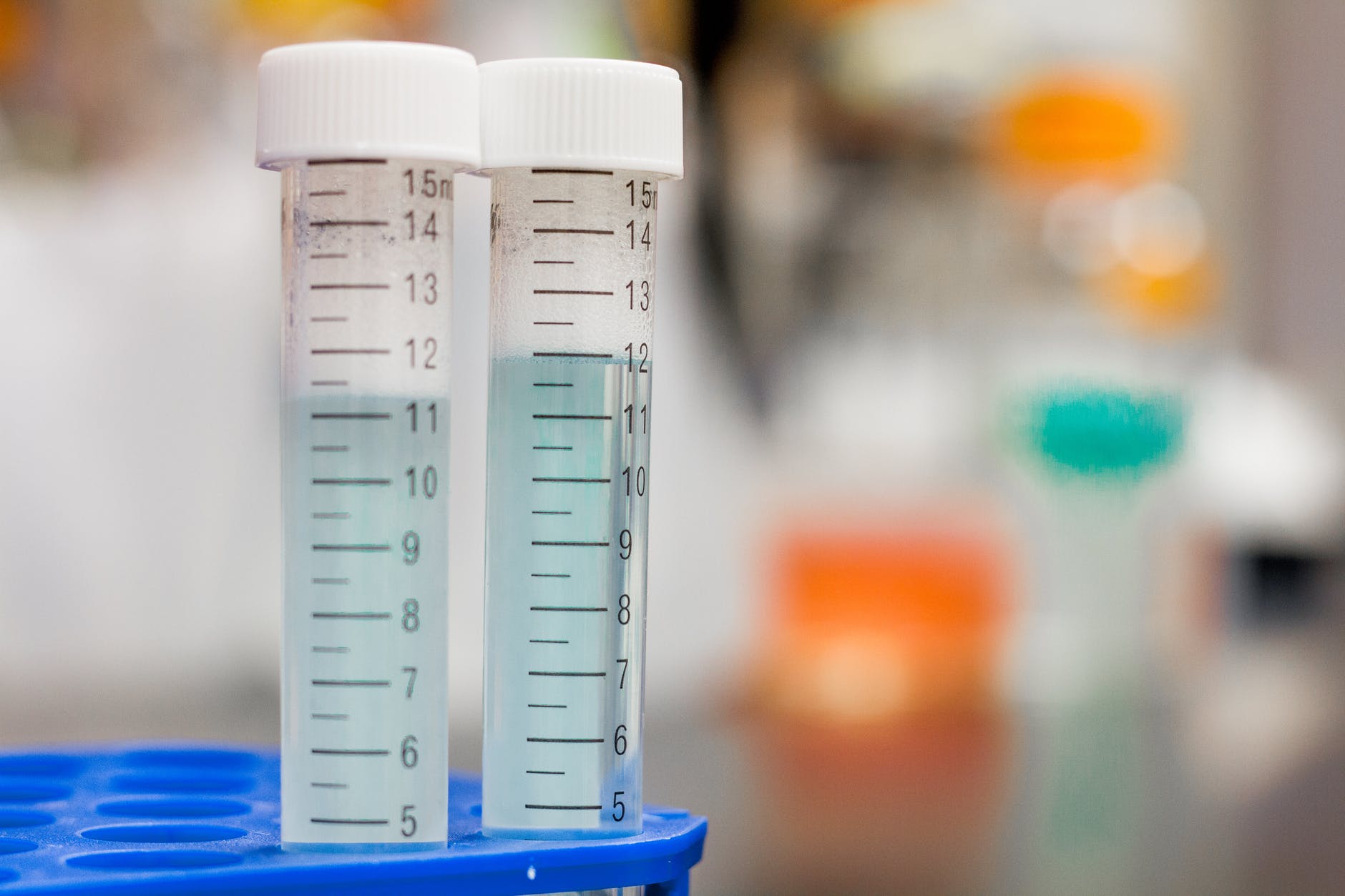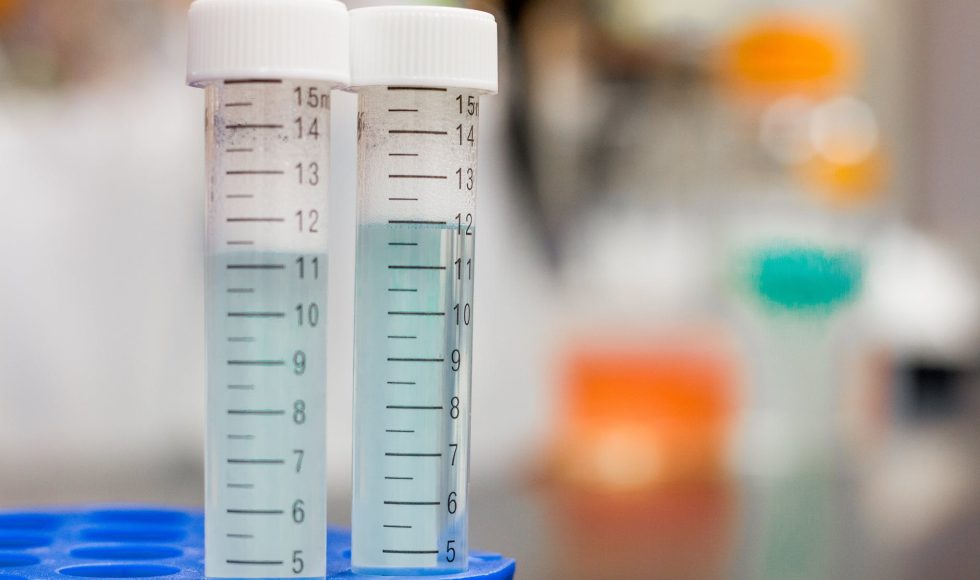Dorothy Salinas is an Assistant Professor at County College of Morris in New Jersey. They presented “Biology Course Development: Increasing Affordability and Accessibility for Non-Science Majors” at Open Ed 2021. Salinas spoke about common barriers students may face including academic/institutional (financial aid, advising, guidance, preparedness, learning obstacles) and non-academic (school/work/life balance, time management, childcare, location, transportation, health/mental health, and cost). To break barriers, Salinas designed a course that was online asynchronous, followed QM standards, accessibility and ADA compliance, and used Open Educational Resource (OER) textbook and laboratory kit options. Salinas spoke about the higher education QM standards that include:
- Course overview and introduction
- Learning objectives or competencies
- Assessment and measurement
- Instructional materials
- Learning activities and learner interaction
- Course technology
- Learner support
- Accessibility and usability
Salinas designed a course overview video and course readiness test. There is also a lab safety agreement. I thought the way Salinas required preparedness using Blackboard assignments/quizzes seemed like something we could replicate. Salinas made sure the course was accessible by paying close attention to screen reader compatibility, ALT text, providing closed captioning/transcripts, and font size and color considerations. I didn’t realize that extra spaces at the end of sentences or lines were “noise” to screen readers! Font size was mentioned and limiting the use of red/green text… this is a challenge with our institutional red colors. Salinas spoke about reducing non-tuition expenses including textbooks, transportation, and supplies. Salinas searched for resources using OER Commons. Students can view the textbook selected online, download it as a PDF, and even download it to their devices. There are also instructor resources and the slides/images have alt text, for example, according to Salinas. The OER textbook Salinas chose was Concepts in Biology.
To build an affordable laboratory kit, Salinas mentioned working with the company to eliminate or replace unnecessary items. Salinas went kit-free while maintaining hands-on components. They used “common, household items.” Students are also provided with a laboratory report sheet to record findings and do analyses. Salinas requires photographic evidence of data with a student ID to maintain integrity. Salinas shared the list of BIO 132 labs, and I was surprised by the breadth of themes: from information literacy to biotechnology to measuring biodiversity! They are also using a virtual microscope online, and Salinas mentioned designing a virtual microscope tailored for BIO 132. Salinas described a replacement for an agar diffusion experiment using corn syrup!
Salinas said they received positive student testimonials and eliminated enrollment concerns. I thought Salinas was very creative and strategic about the development of this course in order to be affordable and accessible!



